Chances are you know how to use a Swiffer—but did you know about these useful hacks?
Our editors and experts handpick every product we feature. We may earn a commission from your purchases.
Learn more.
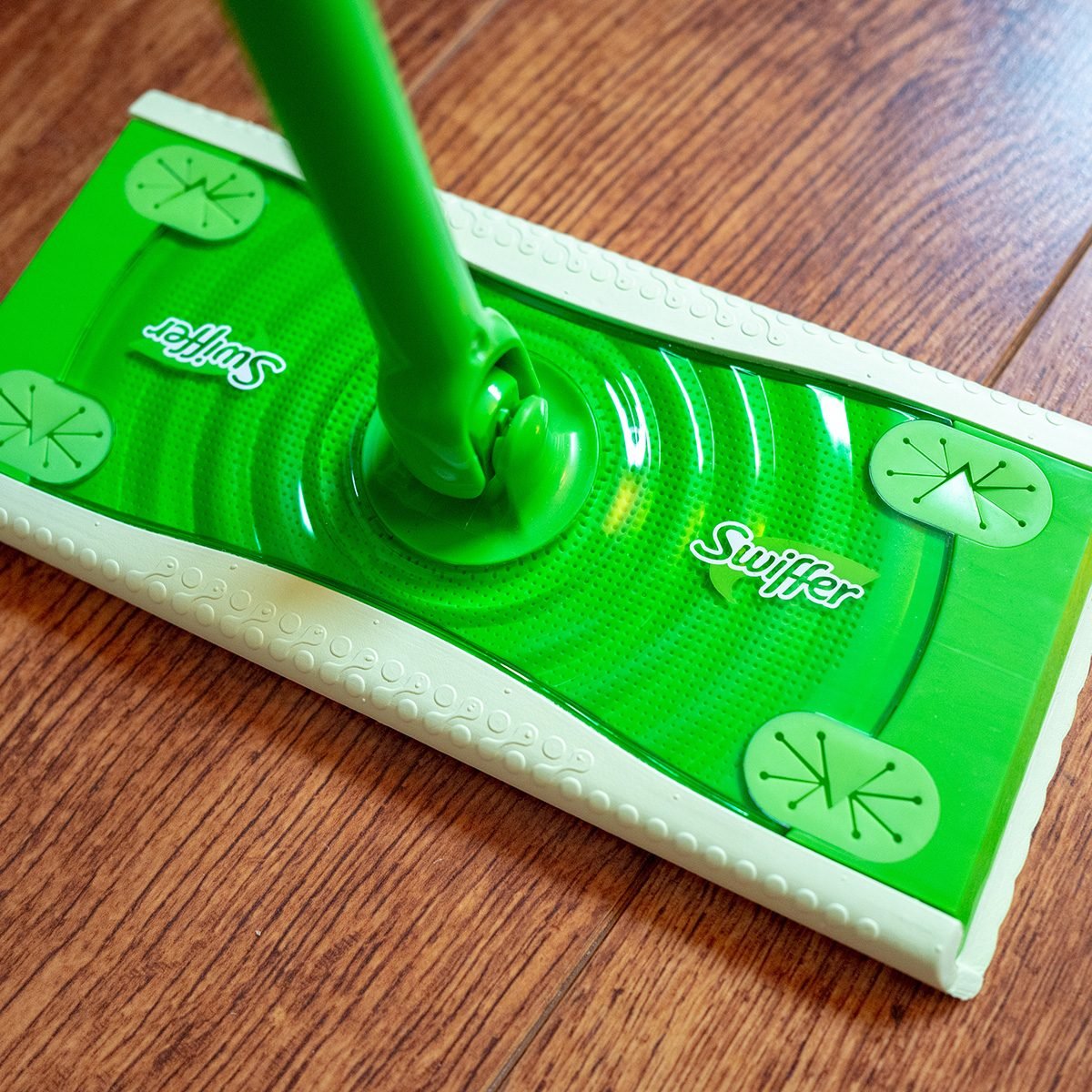

Chances are you know how to use a Swiffer—but did you know about these useful hacks?
Our editors and experts handpick every product we feature. We may earn a commission from your purchases.
Learn more.
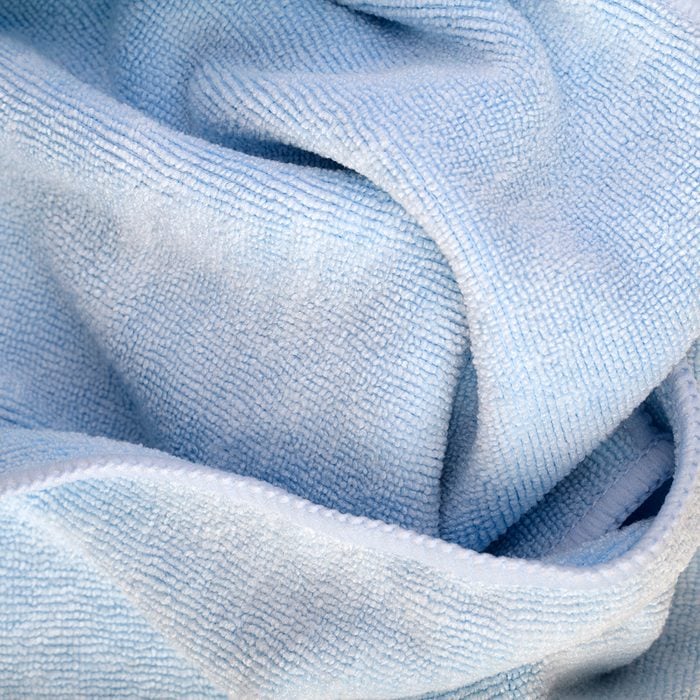
If you’re making an effort to create less waste, you might not like the idea of using a new pad with your Swiffer every time you clean. Luckily, there are Swiffer-compatible reusable microfiber pads you can buy for cheap, and they can be used wet or dry and simply tossed in the washing machine between cleaning sessions. (Here’s why you shouldn’t put them in the dryer, though.)
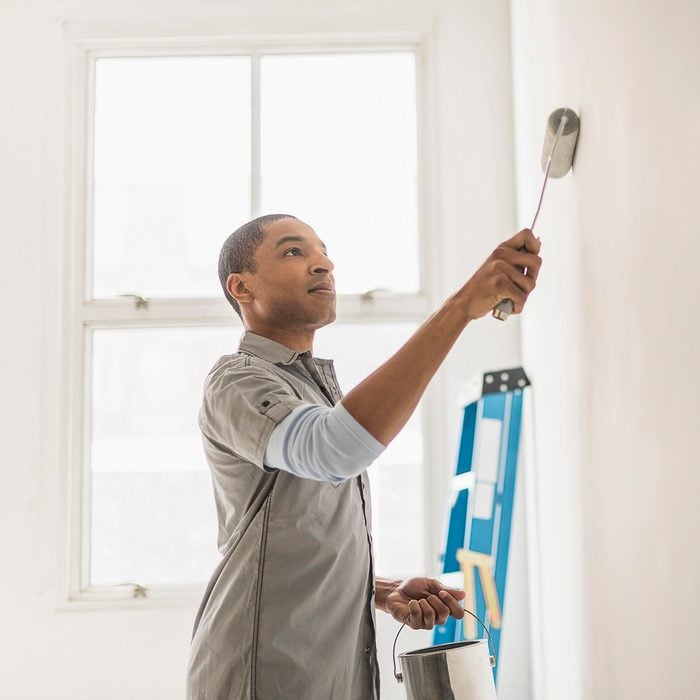
When you’re preparing to paint the walls in your home, it’s important to clean them first to ensure the paint sticks properly. This can be a tedious task when done by hand, but your Swiffer will make it a whole lot easier. Just attach a dry pad, then use the mop to remove dust and dirt from your walls in long, sweeping motions.
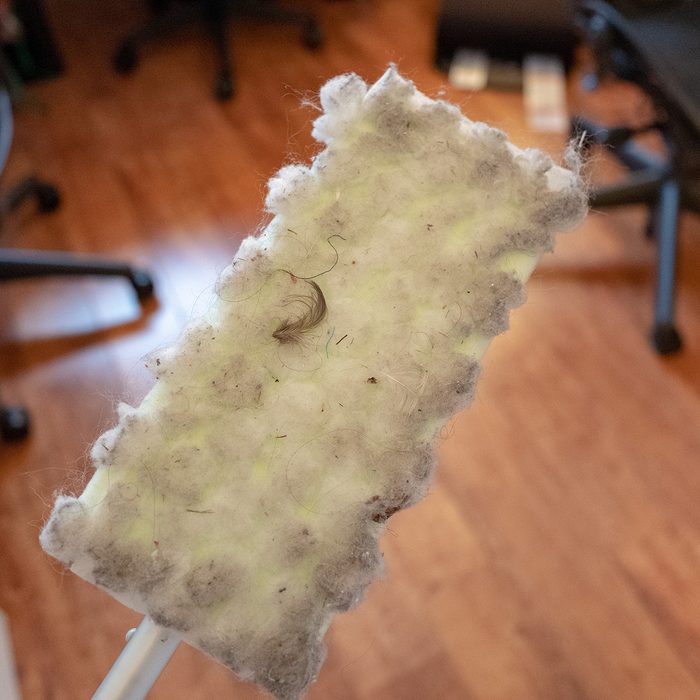
Because Swiffer dry pads pick up dust, dirt and hair using an electrostatic charge, you can actually use them for longer than you might think. After a cleaning session, you can pull large clumps of dirt or lint off the pad, then use the pad again next time. Alternatively, you can simply flip the pad over and use the reverse side!
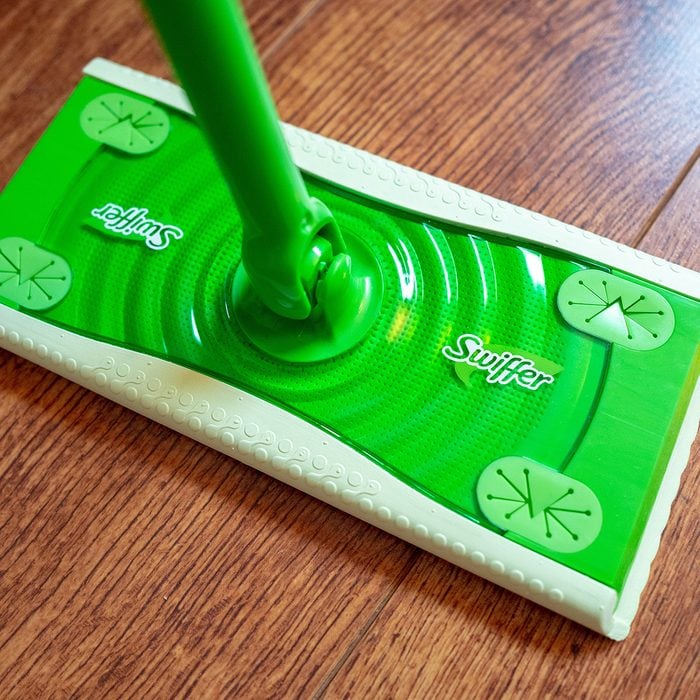
Swiffer wet pads are ideal for cleaning hardwood floors, and while they are safe to use on finished hardwoods, linoleum and tile, there are several surfaces where you shouldn’t use these cleaning pads. In particular, the brand says wet pads aren’t for use on unfinished, oiled or waxed wooden boards, non-sealed tiles or carpeted floors.
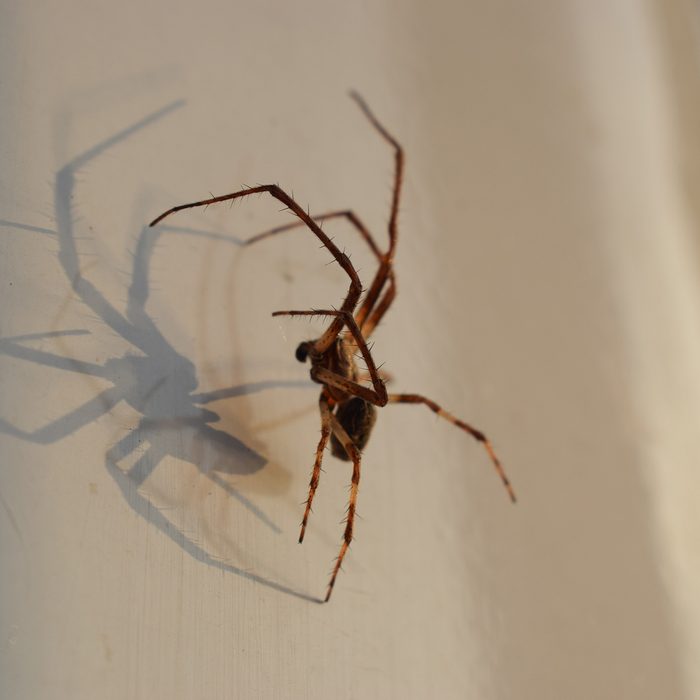
Here’s a convenient Swiffer hack for handling unwanted bugs in your home: If there’s a spider or other bug on the wall or ceiling, your Swiffer’s long handle and flat head lets you smush the pest without getting too close.

If you run out of dry Swiffer pads, you can use a fuzzy sock as an alternative in a pinch. Just stretch the sock over the mop head, and the fabric will work similarly to a regular pad, attracting dust and hair using its static charge. Finally a use for all those unmatched socks!